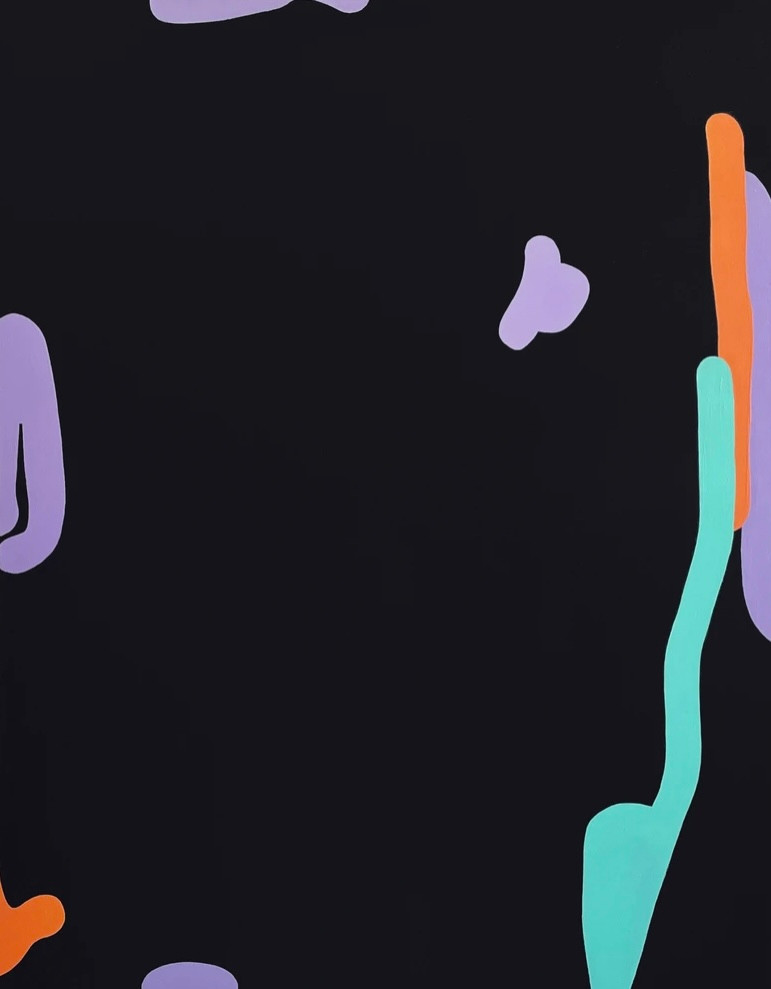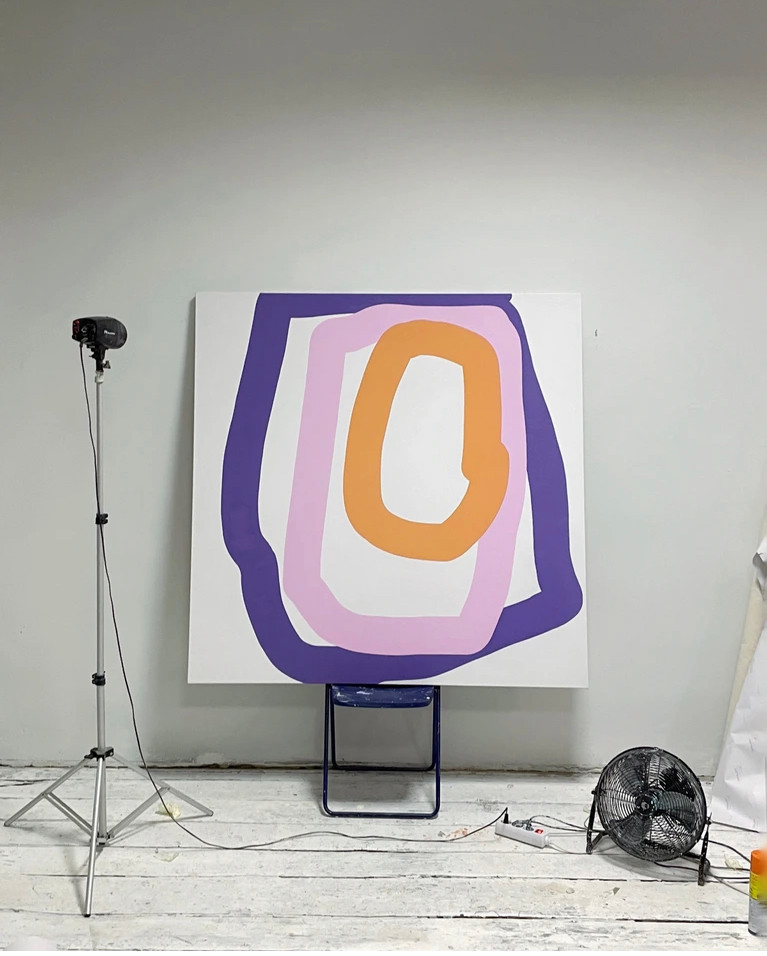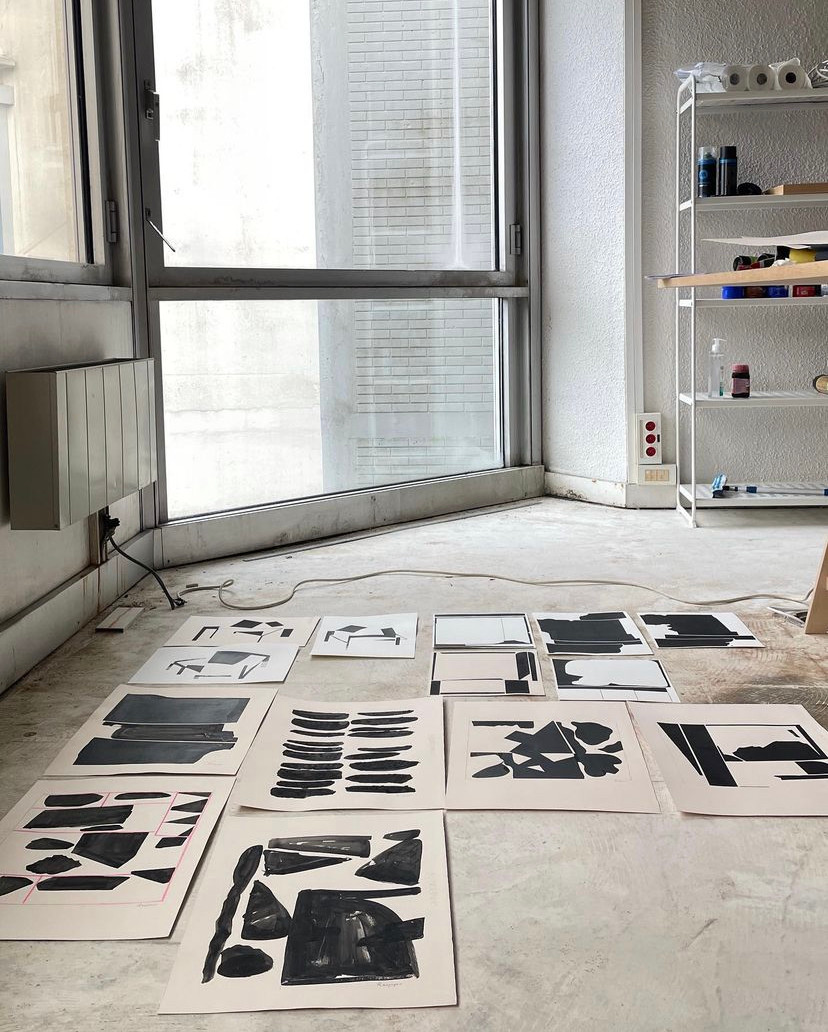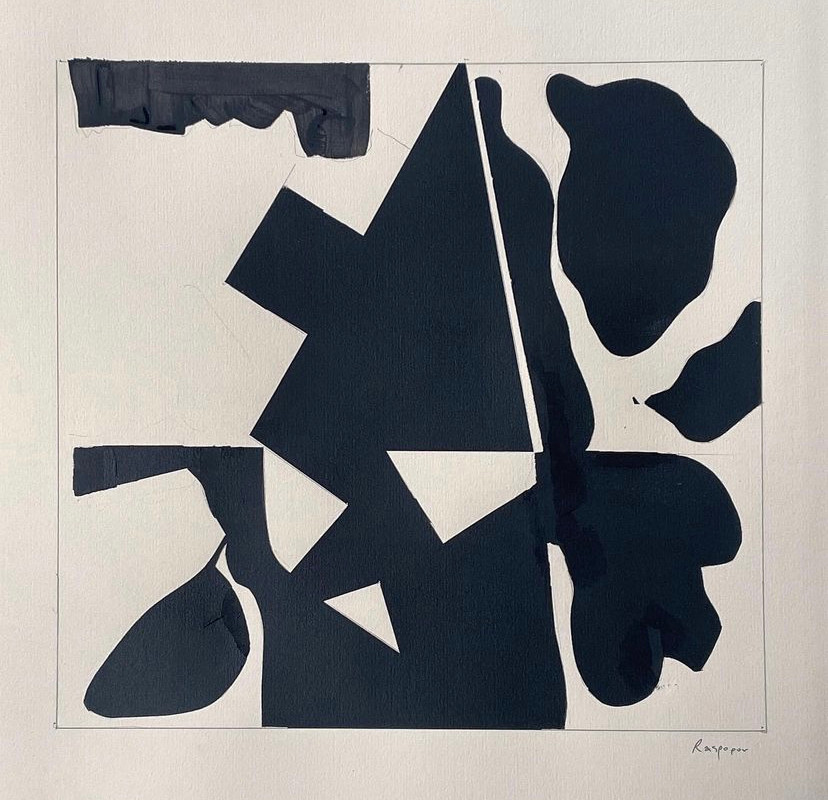Dima Raspopov

A contemporary artist, Dmitry Raspopov, continues to delve into the medium of painting and its transformations in the modern context. Artist reexamines the conventional approach and plays with the viewer’s perception.

Having acquired an academic education, the artist begins his journey, searching for a personal approach and conceptual foundations for his method. Evolving in the practical realm, he sought both conceptual and methodological underpinnings for his work.

Notably, the artist displays a complete lack of interest in the necessity for his artistic creations to engage with social, political, or other external matters. His focus remains within the realm of visual art as an independent discipline. Narrative elements and attempts to align with mentorship positions are typically disregarded. Spiritually and methodologically, Raspapov finds affinity with predominantly American painters of the second half of the last century and their contemporary successors.

The poetics of eternal return: not a detachment from the experiences of the past but a reinterpretation while preserving the tools and leveraging modern possibilities. A new meta-reality that allows for both semantic fields and unexpected combinations of practices. The primary technique remains classical painting on canvas. While exploring the possibilities of the medium, Raspapov experiments with narrative variations and works with text, but ultimately comes to a decision related to the transfer from manual to digital and then manually recreates the imitation of the mechanical.

Percept — an image born from the impression of the object. A subjective reflection of what is perceived. The percept is not identical to the physical or types of energy currently affecting the corresponding sensory organs.
When working in two-dimensionality, the artist approaches it quasi-mathematically, precisely calibrating the relationships between color and form. By intentionally extending the composition beyond the plane, he consciously ignores the transition into volume, devoid of potential hints of a certain mood. Relying on dry statements without typical elements of a manual approach—brushstrokes, drips, glazes, etc.

All of this allows him to arrive at a sterile, clean art, free from the artist’s dictate and open to the viewer’s perception
